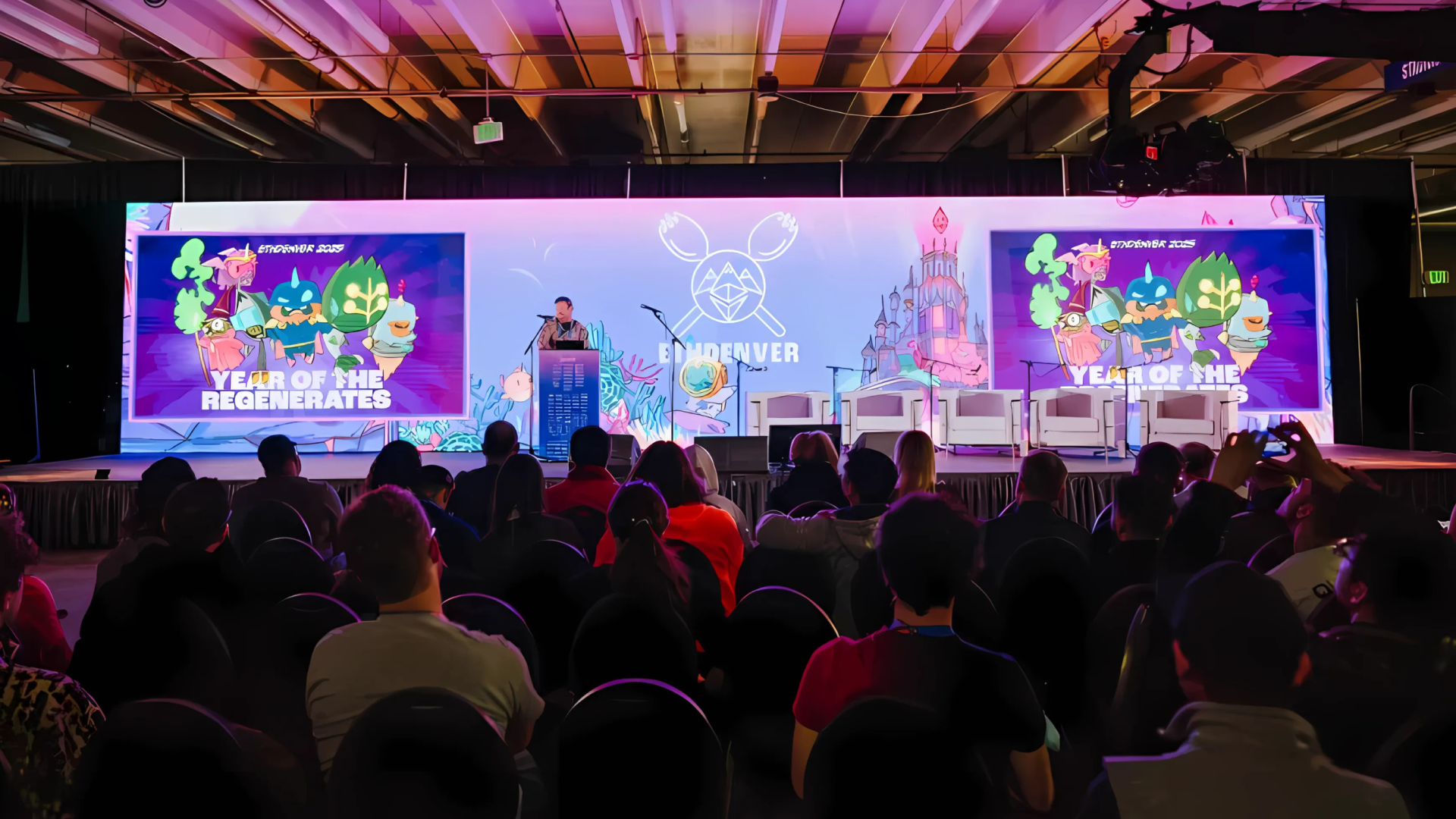Polkadot Staking: An Update
Recently, changes occurred in relation to staking on Polkadot that caused some nominators not to receive their rewards. We are working on a permanent solution and suggest an immediate alternative here.
 By Polkadot•October 19, 2020
By Polkadot•October 19, 2020
Since it went live on May 26, 2020, the Polkadot Network has been dynamically changing as it matures through its launch. Recently, changes have occurred in relation to staking on Polkadot that caused some nominators not to receive their rewards - we are working on a permanent solution and suggest an immediate alternative here.
Polkadot is a Nominated Proof-of-Stake (NPoS) network, designed with the roles of validators and nominators to maximize chain security. The system encourages DOT holders to participate as nominators, but very recently, not all nominators have been receiving rewards.
Why?
Determining which validators are in the active set, and which nominators are nominating them, is a computationally heavy task that results in a very large graph, mapping the nominators to their respective validators. This generated graph is computed off-chain and submitted back to the chain, meaning it must fit in a single block.
This worked well initially, but as the number of nominators grew, blocks took longer to produce than expected and issues with the new weighting became apparent. As the graph must fit in a single block, solutions with so many nominators were getting too large .
As this was causing network instability, the weighting calculation was updated. For more detailed information on this update, see the pull request here.
Note, this issue does not affect the Kusama network, which has fewer nominators than Polkadot.
The immediate remedy
In order to fit the solution into a block, the size must be reduced. There are several good options being considered for a permanent solution, but the immediate fix is to eliminate the smallest nominations (measured in DOT).
The DOT limit is a dynamic amount – it can move up or down every era (24 hours on Polkadot) depending on the nominations and the election solutions. The current minimum can be seen using this community-developed tool or through these scripts which you can run on your machine.
However, this means that for the moment, nominators with a stake smaller than the daily minimum rate will generally not be backing any validator with their stake, and consequently not be receiving staking rewards, as a side effect of the issues above.
The way forward
Developers are working diligently on a fix, which will be implemented as soon as it is available, tested and approved by referendum.
Until more options are available, our current recommendation for those staking with less than the minimum amount who don’t have the opportunity to bond more, is to move to an off-chain staking solution, namely staking on exchanges.
The following exchanges currently offer staking-as-a-service for Polkadot:
Others plan to add staking in the near future.
Keep up to date with daily developments by following the Polkadot Digest on Element, Reddit or Subsocial.
Unfortunately scams are very common in the crypto space. With the growing popularity of Polkadot and Kusama, we are also seeing a rise of imposters trying to scam our community.
In order to protect yourself and reduce the risk of losing your funds, read our comprehensive list of known scams and how to recognize them in our Wiki here.
Updated April 2021











